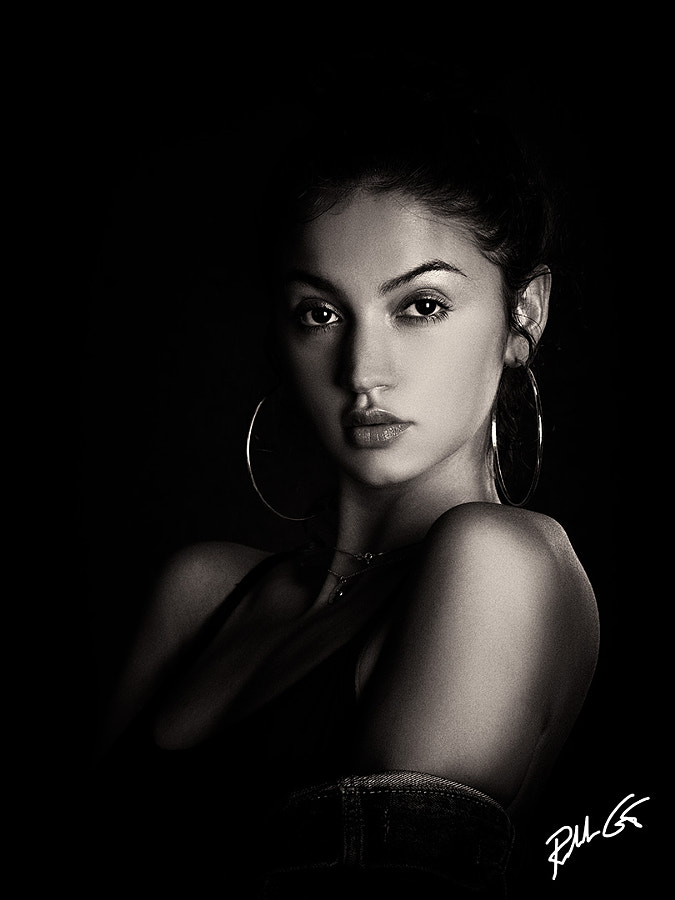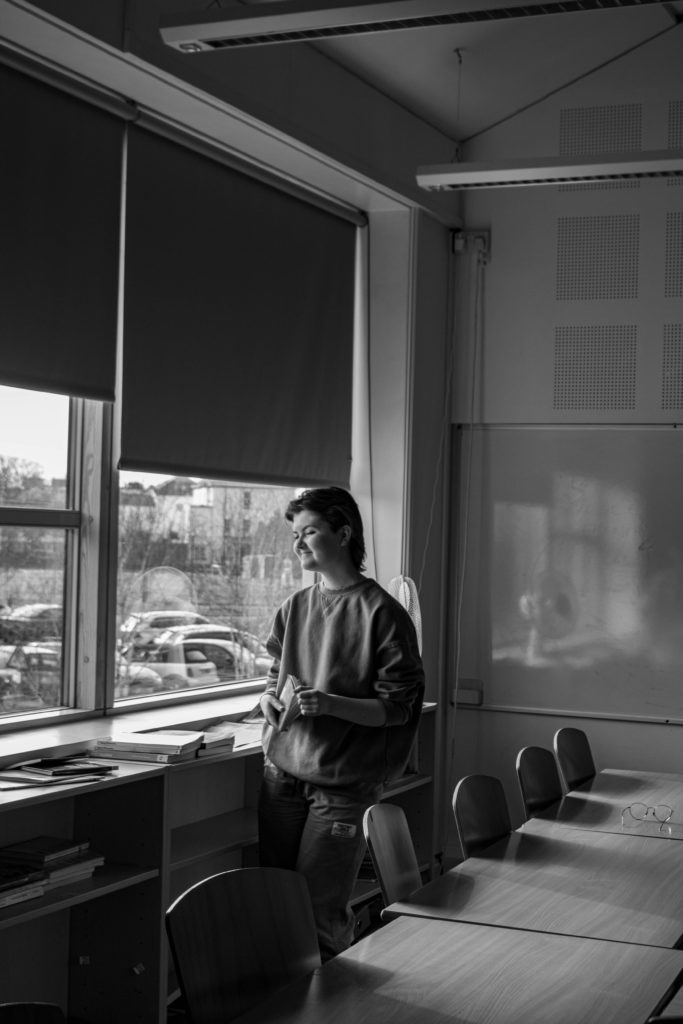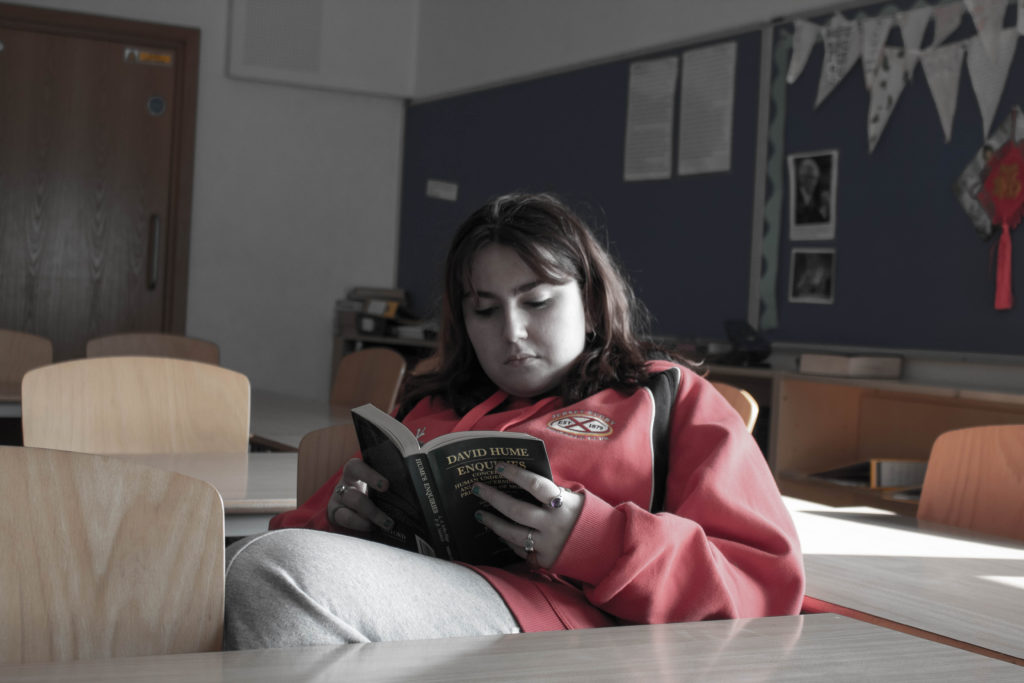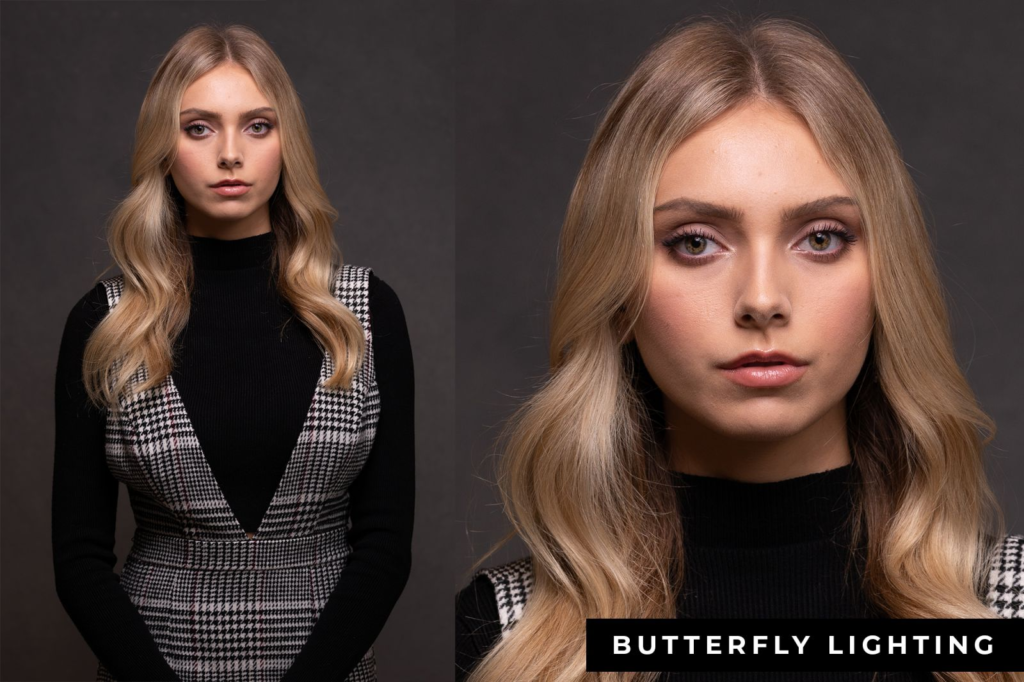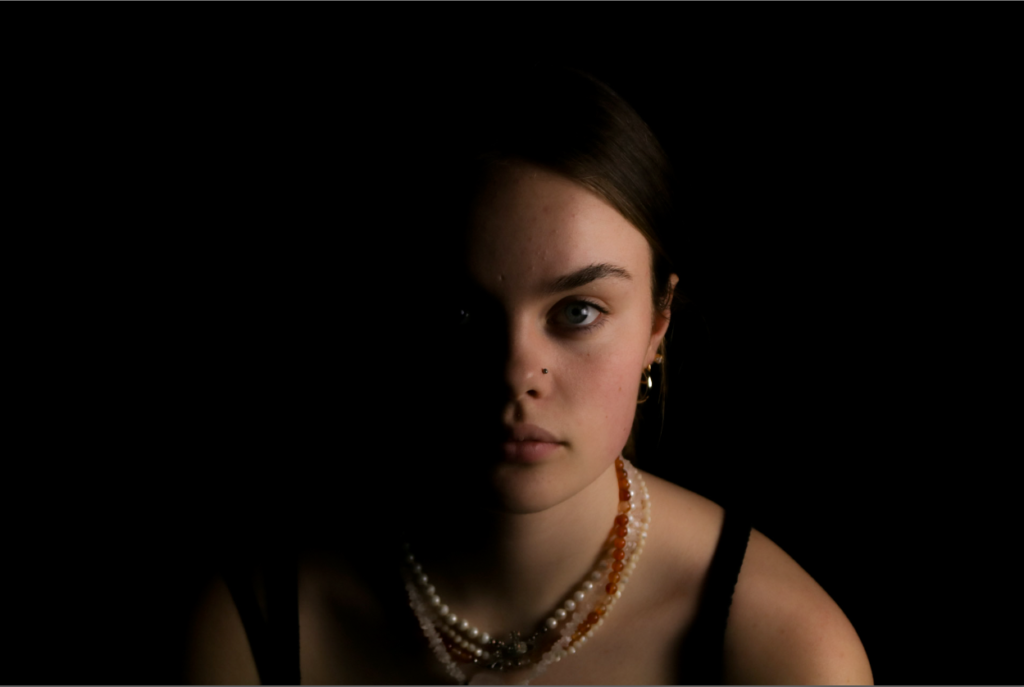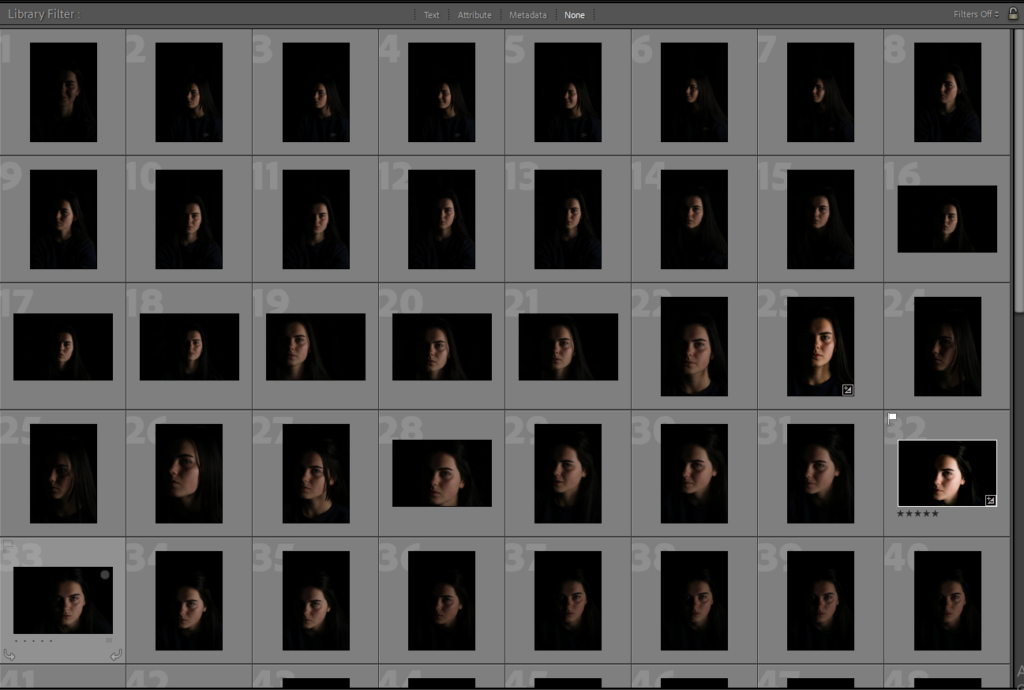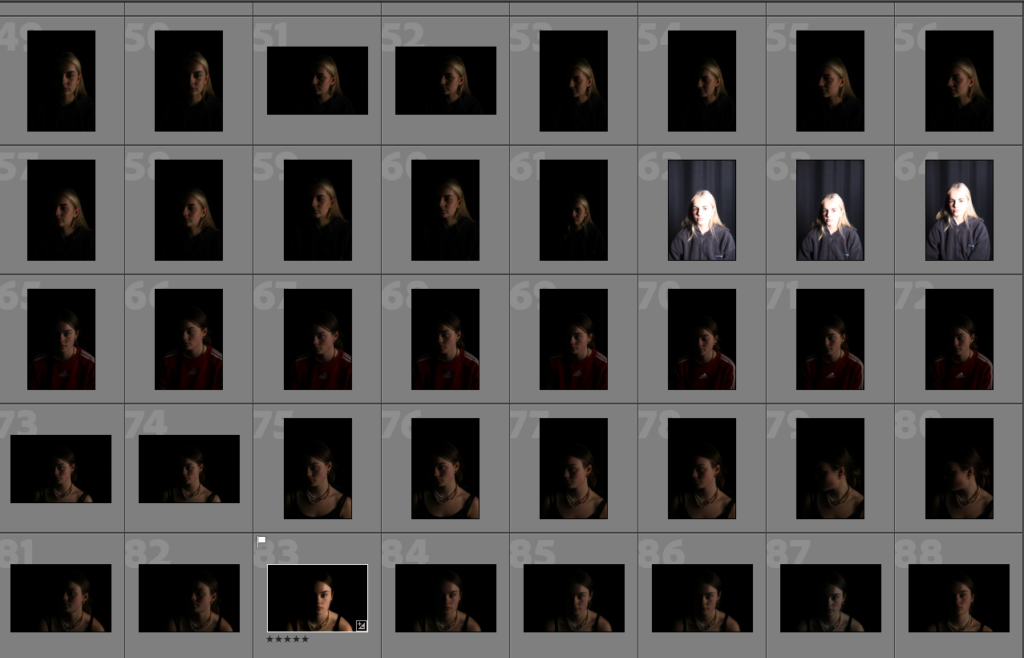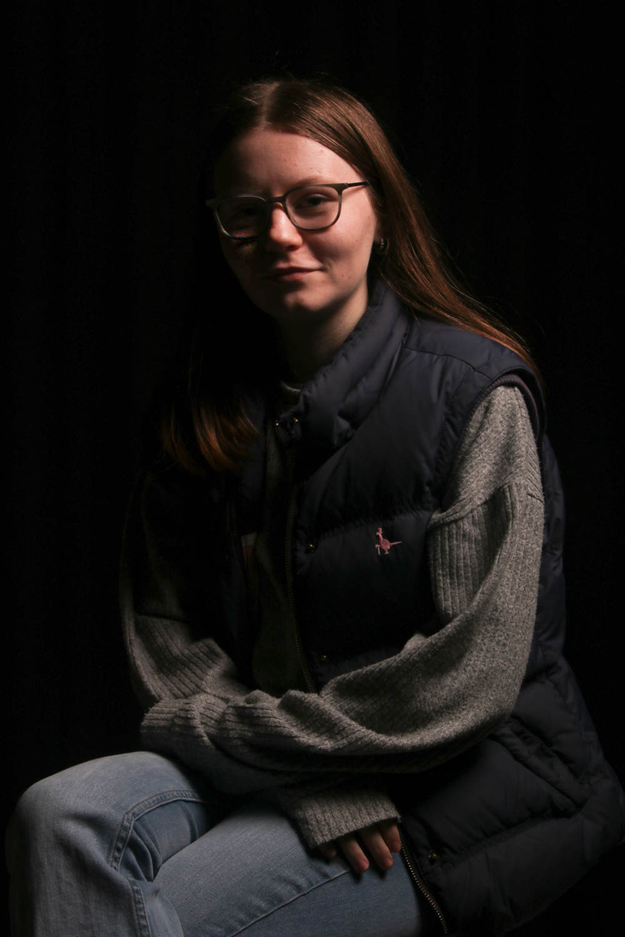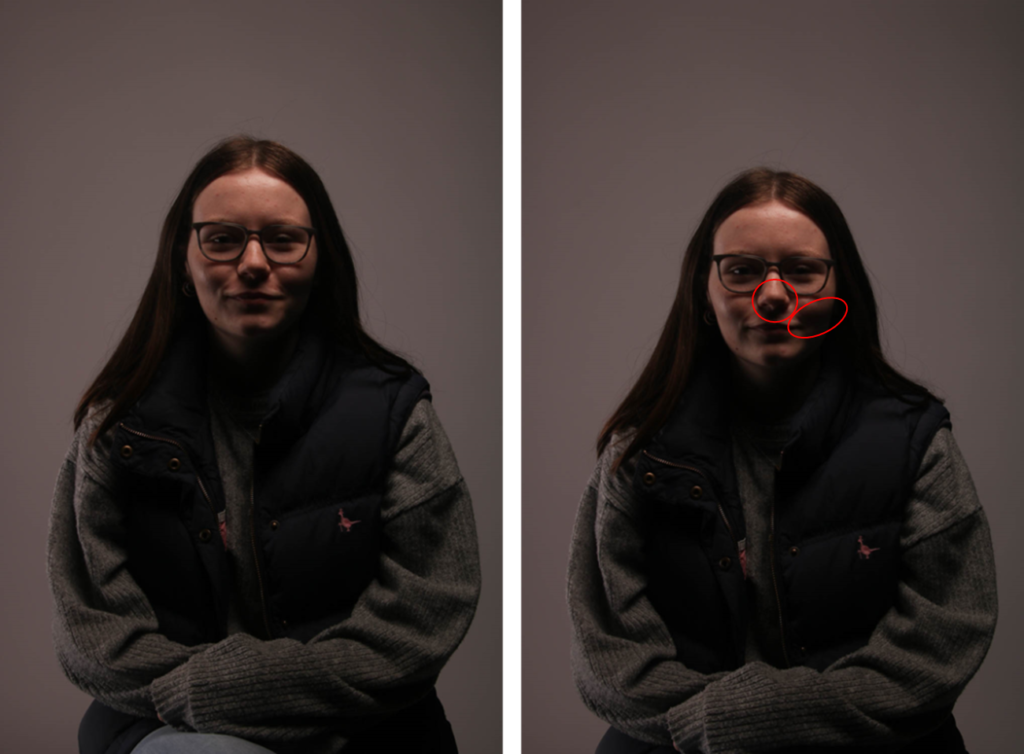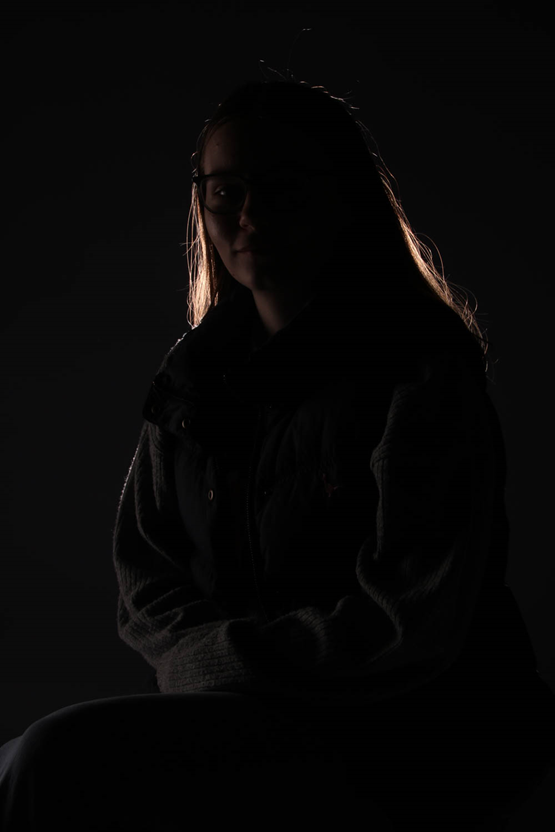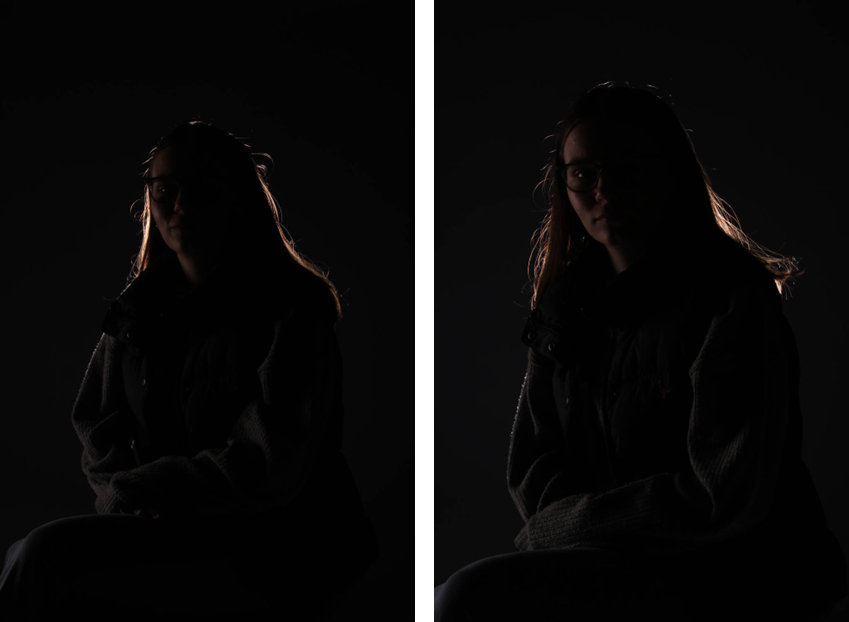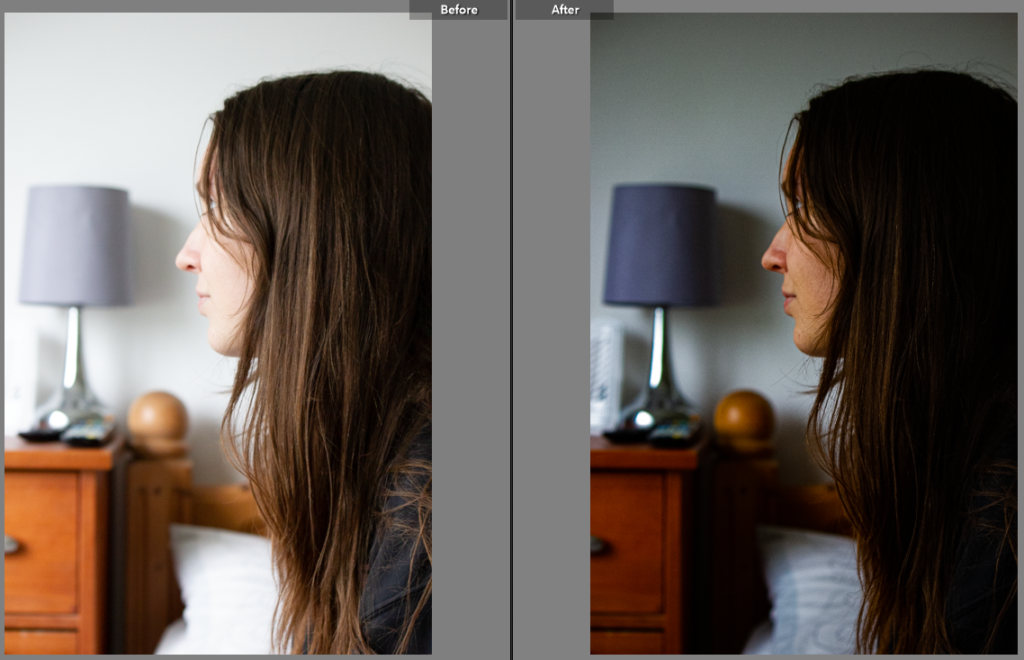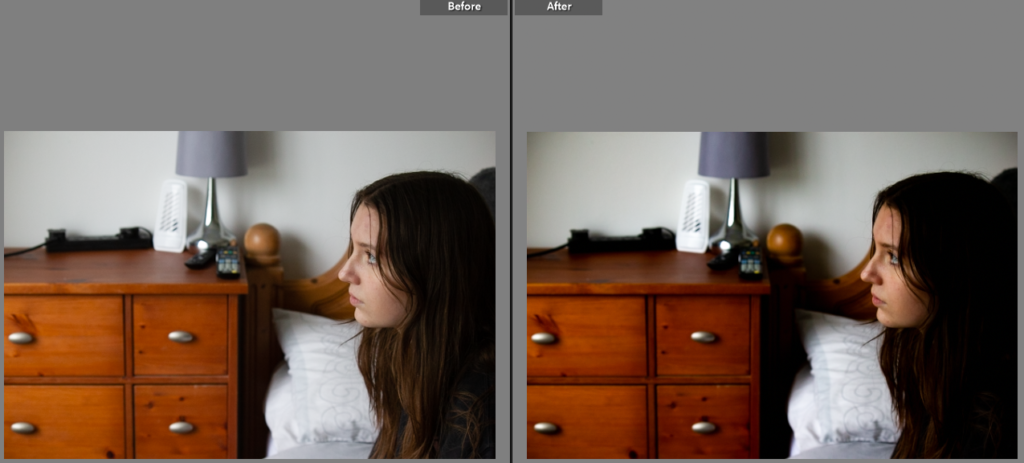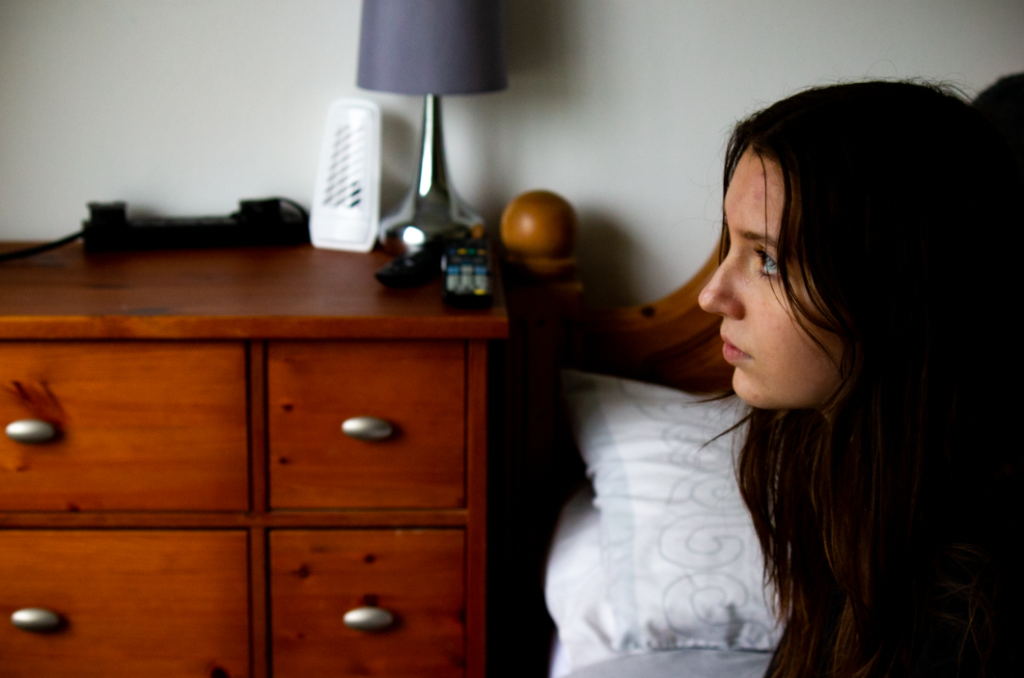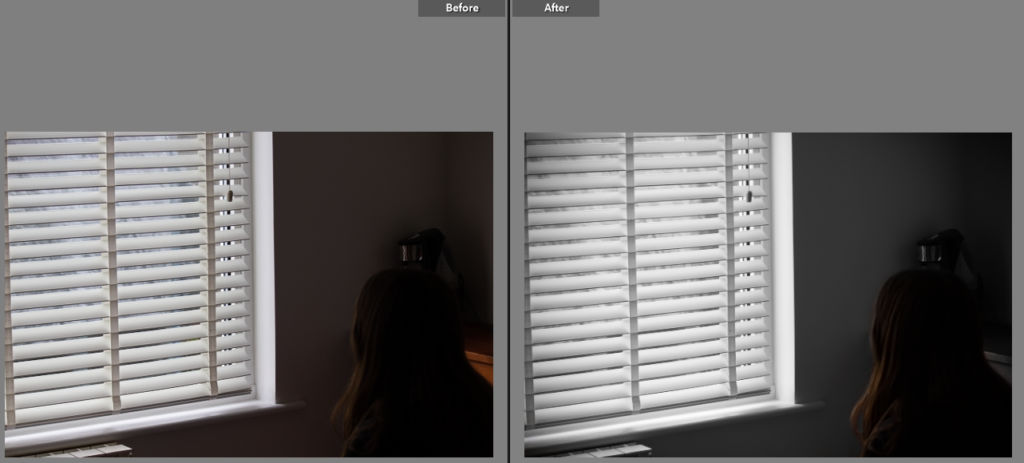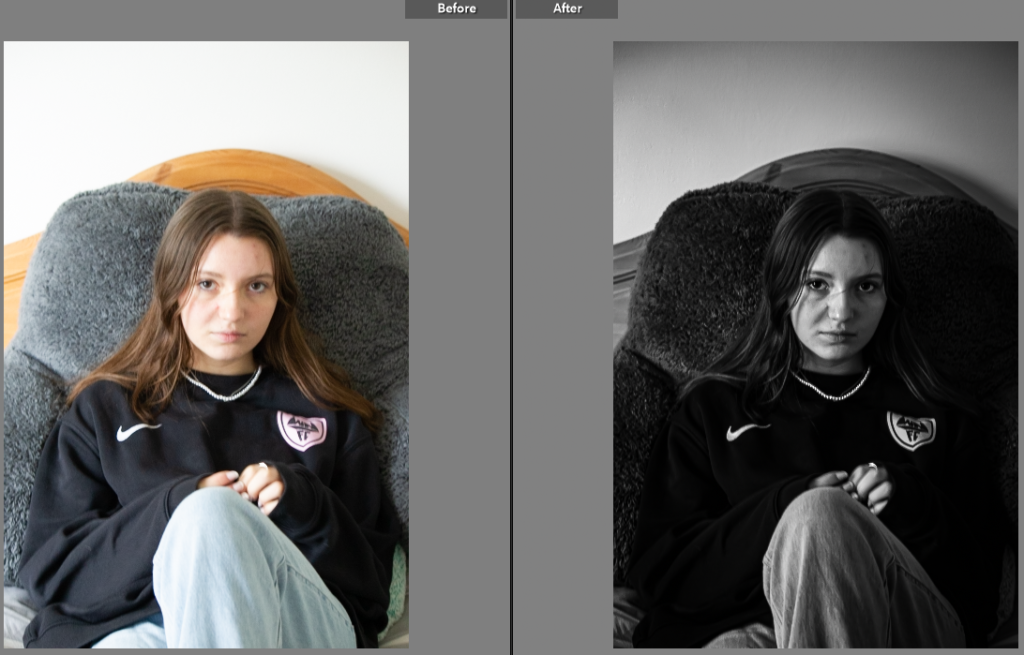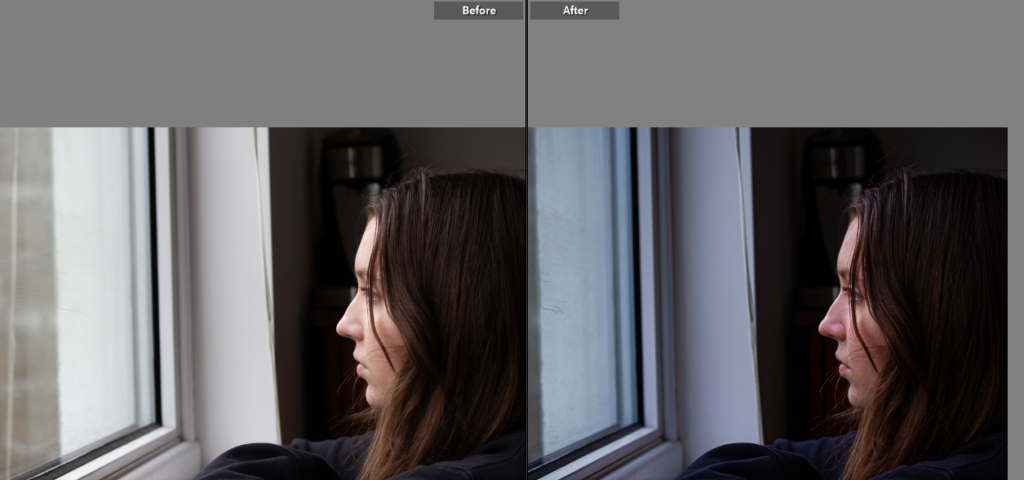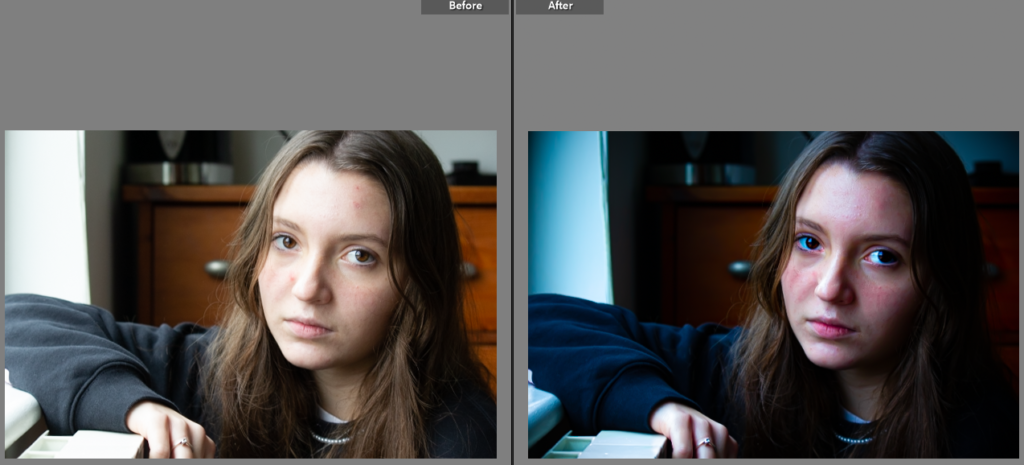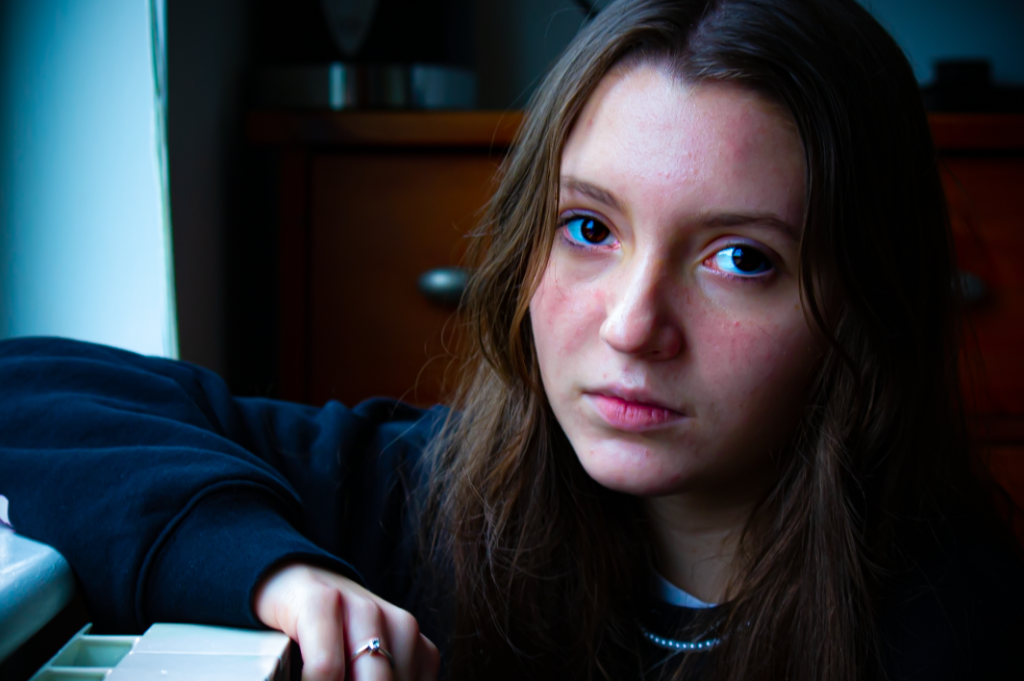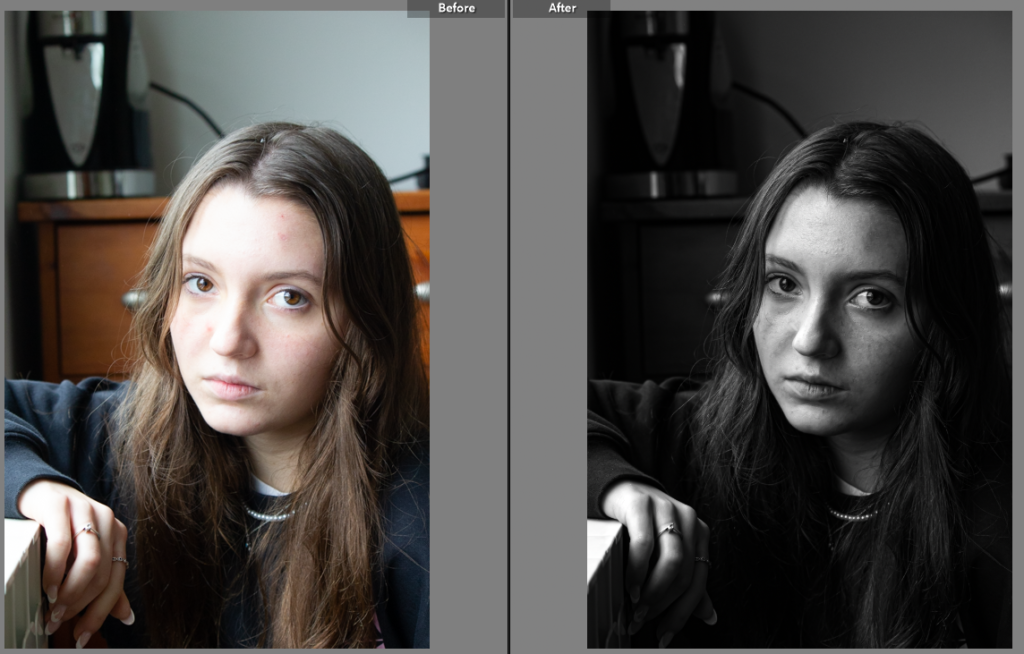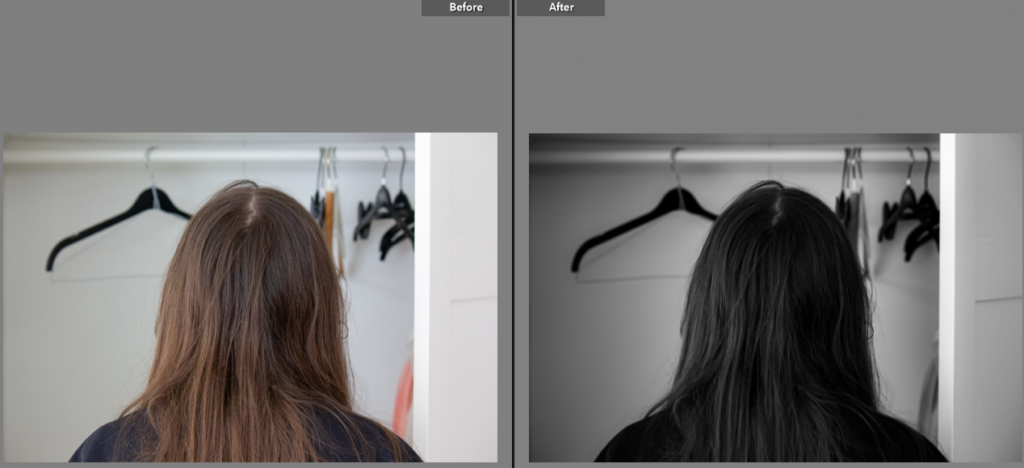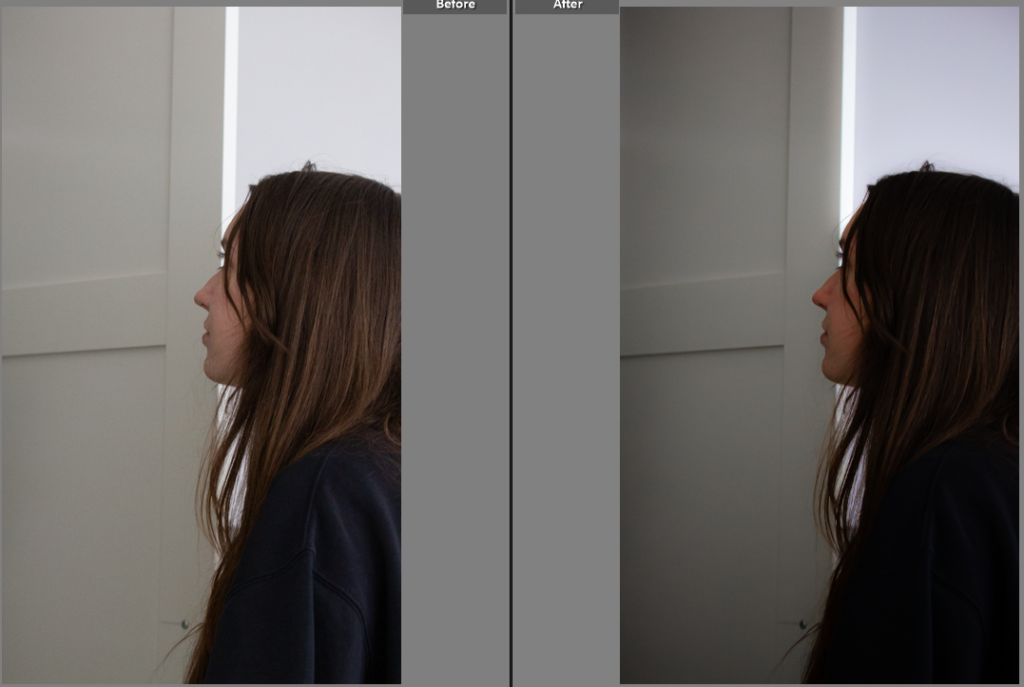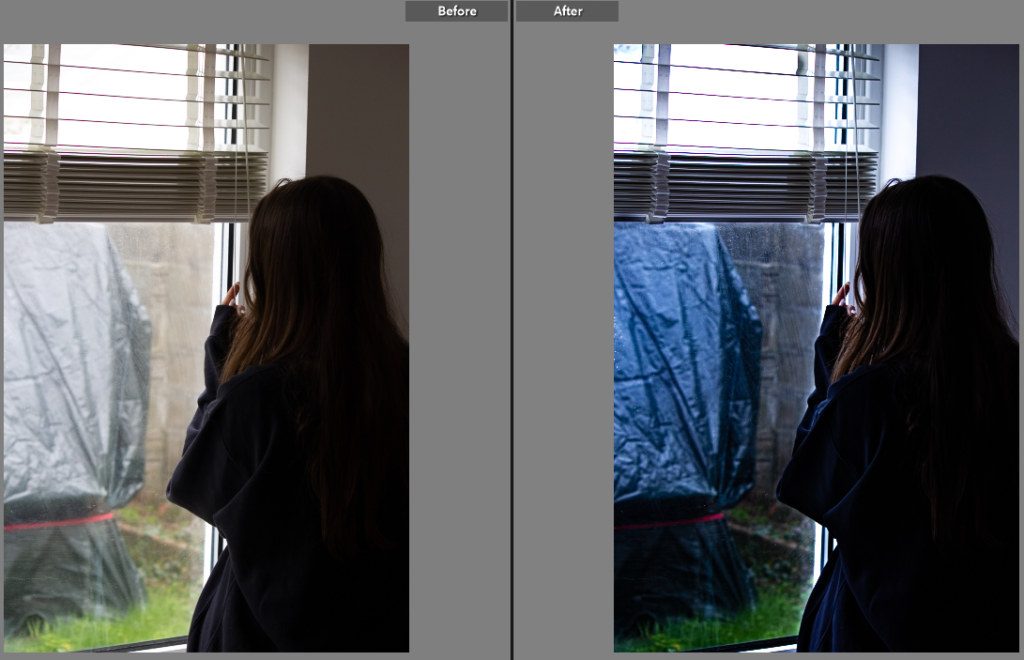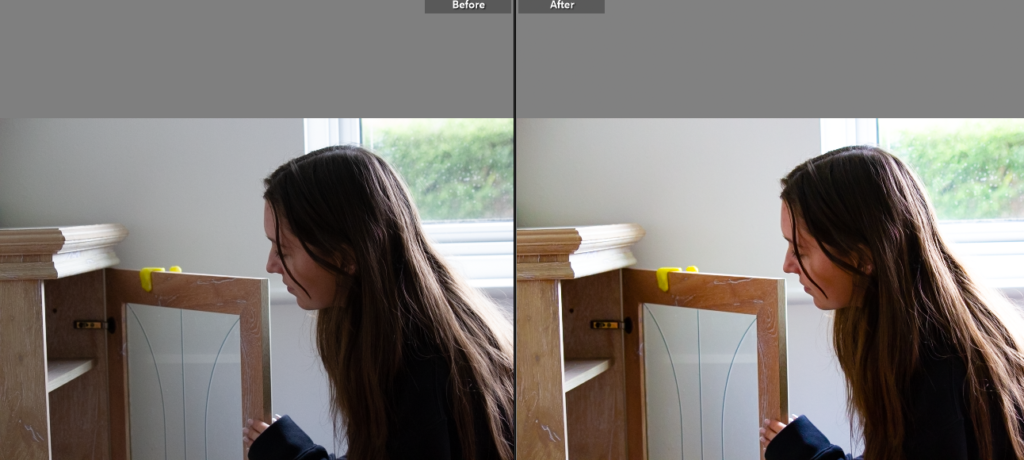Edits
In this image, changed the exposure in order to darken the image in order to make the subject to main focus. I also increased the vibrancy and saturation to allow to photo to feel more natural. Lastly, I added vignette around the side to make the focus point the model.
In this photo, I wanted to increase the colour and texture of the image in order to make the subject appear more in focus. By increasing the saturation I was able to make the image appear more eye catching and entertaining to view.
For this picture, I felt that the model was not the main focus. To change that I changed the background to black and white by lowering the saturation and then increased the brightness of the model as well as the vibrancy. This makes the model stand out more against the blank background.
With this image, my aim was to make the model’s features stand out. By having the image in black and white, the brighter appearances are more likely to be noticed. I lightened the models eyes by changing the white tones in them as well as making the necklace stand out more in order to create a link between the two.
For this photograph, I wanted to add more colour to the image while adding a more shaper focus. I did this by increasing the saturation and vibrancy as well as sharpening the image by increasing the texture.
For this picture, I changed the image to black and white as well as increasing the contrast to create a more dramatic look. I liked how well focused the image is on the subjects face as well as the placement of her hands.
I decided to make this picture brighter and more colourful by increasing the brightness and tones of the image. I decided to also make the subjects eyes and the gem on her ring stand out more by increasing the brightness on them significantly.
I turned this image to black and white, then lowered the exposure in order to minimise some of the harsh lighting in the photo.
While you can’t see the subjects expression in the image, we are able to imply certain things from the image, such as her potential location. I edited this by making it in black and white while increasing the contrast.
In this picture, I increased the vibrancy and saturation in order to brighten the image. I also added vignette around the edges to bring the focus onto the model.
In this picture, I was originally going to blur the view from the window, however I thought that it was important to show the environment outside. I increased the vibrancy and saturation as well as lowering the exposure.
My main goal when editing this image was to make it brighter and more lively. I did this by increasing the brightness, saturation and vibrancy.
I made this image into black and white in order to create a more dramatic look. I did this by completely lowering the saturation and increasing the contrast.
Best Images
I would say that these three images are my best. This is because They are all focused on the subject and show some kind of body language or emotion. They are also the more appealing to look at in terms of colours and contrast.



